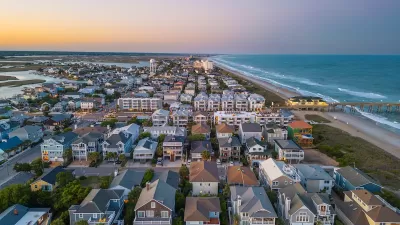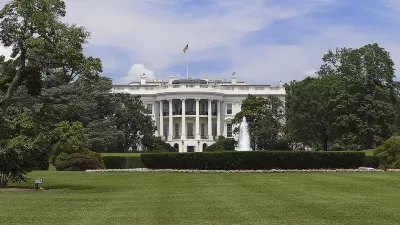As the 30-year term of the Low-Income Housing Tax Credit expires for many affordable housing units, the families living there face steep rent hikes and evictions.

Hundreds of thousands of affordable housing units built using the Low-Income Housing Tax Credit (LIHTC) could lose their affordability requirements as the 30-year term of the program is set to lapse, according to an Associated Press report by Jesse Bedayn and Arushi Gupta.
By 2030, some 350,000 units could lose affordability, with the number growing to 1 million by 2040. The article notes that some units are kept affordable after LIHTC requirements by various other government subsidies or private landlords, but the loss could be devastating to those households that need affordable housing most.
Some state and local governments are taking steps to mitigate the crisis. In California, LIHTC projects must stay affordable for 55 years and tenants and cities have the first chance to buy the property if it comes up for sale. However, the article notes that most states have not extended the 30-year agreement or taken other steps to keep housing affordable beyond LIHTC limits.
FULL STORY: Takeaways from AP’s report on affordable housing disappearing across the U.S.

Trump Administration Could Effectively End Housing Voucher Program
Federal officials are eyeing major cuts to the Section 8 program that helps millions of low-income households pay rent.

Planetizen Federal Action Tracker
A weekly monitor of how Trump’s orders and actions are impacting planners and planning in America.

Ken Jennings Launches Transit Web Series
The Jeopardy champ wants you to ride public transit.

How Project Connect Would Change ‘The Drag’
A popular — and sometimes deadly — Austin road will exchange car lanes for light rail.

Milwaukee Road to Get Complete Streets Upgrades
The city will reduce vehicle lanes and build a protected multi-use trail including bioswales and other water retention features on its ‘secret highway.’

Tackling Soil Contamination With Nature-Based Solutions
Los Angeles County residents and experts are turning to nature-based methods like bioremediation to address long-standing and fire-exacerbated soil contamination without resorting to costly and disruptive removal.
Urban Design for Planners 1: Software Tools
This six-course series explores essential urban design concepts using open source software and equips planners with the tools they need to participate fully in the urban design process.
Planning for Universal Design
Learn the tools for implementing Universal Design in planning regulations.
Ada County Highway District
Clanton & Associates, Inc.
Jessamine County Fiscal Court
Institute for Housing and Urban Development Studies (IHS)
City of Grandview
Harvard GSD Executive Education
Toledo-Lucas County Plan Commissions
Salt Lake City
NYU Wagner Graduate School of Public Service





























